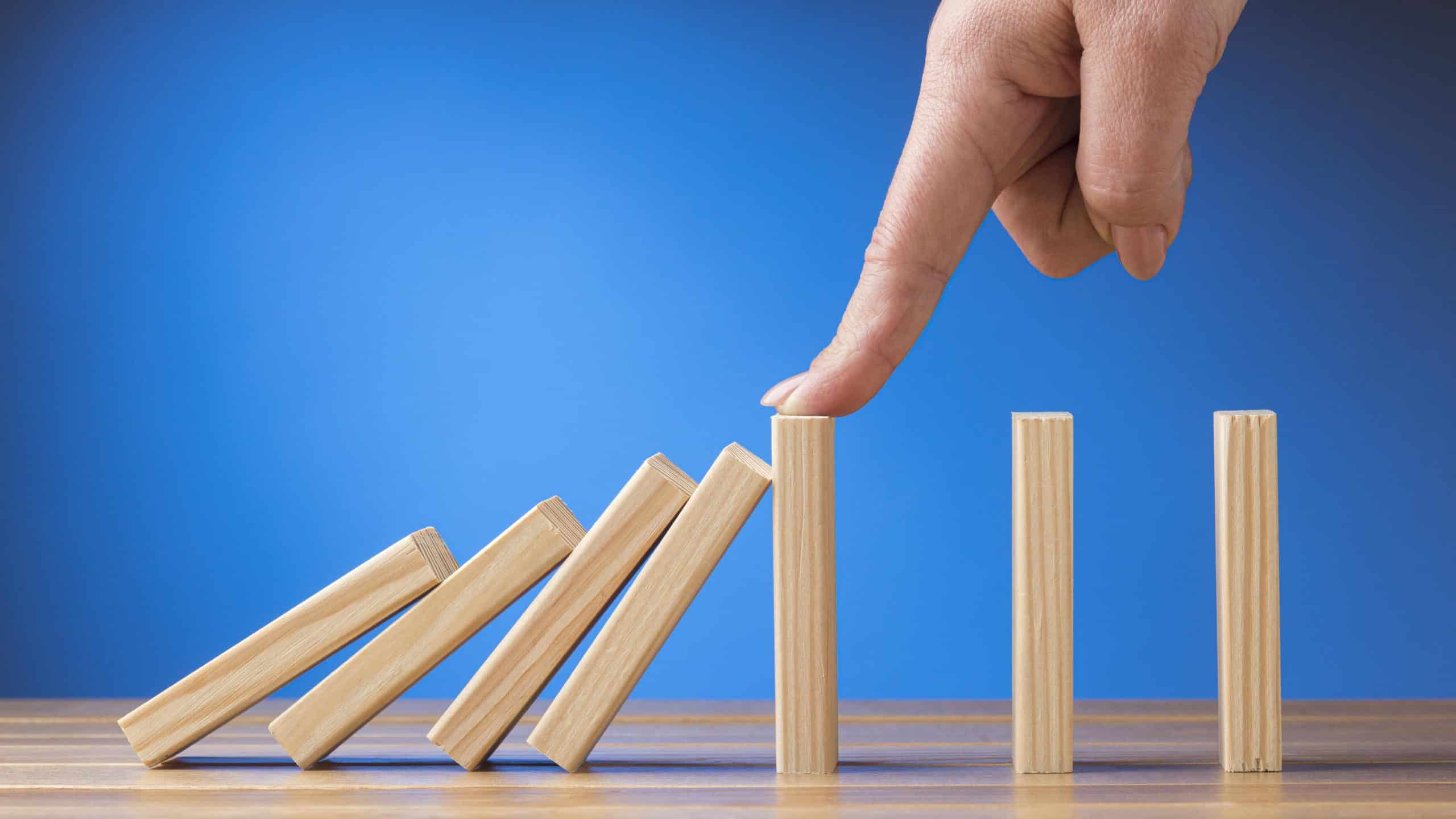Younger clients and higher income individuals are eager to open an account at a digital bank. Even as two in five overall respondents indicated that they would only consider doing so when the digital bank was popular and successful.
According to PwC's study on customer perceptions of digital banking, more than 70% of 18-39 year olds and around 70% of high-income customers indicated they were "very interested" or "interested" in opening a digital bank account.

In fact, customers who make at least $10,000 a month are twice as likely to be interested than those who make $2,500 or less.
This is because younger customers already conduct much of their daily lives via screens, making them a "natural fit for digital banks," while wealthier ones - those with more investable assets and who own a greater variety of financial products-seek better and easier ways to manage their money, according to the report.
However, it is unlikely that the digital banks replace existing banking relationships for most.
About 99% of customers will keep their existing bank account when opening a digital bank account, while 67% of these will continue to use their existing account as their primary account, according to the PwC study.
“This is an important point for digital banks, as customers are more likely to use their digital bank as a supplemental account rather than switch accounts,” the report says.
"Therefore, digital banks should initially look to displace secondary accounts rather than become the customer's choice of a primary bank."
Despite the interest shown by the younger and affluent segments, respondents remain wary of digital banks.
Digital banks also have to overcome the “trust” hurdle: a third of customers do not trust their data to digital banks.
Read More: Banks and lenders have begun to offer credit cards without checking the bureau
>70%
Percentage of 18-39 year olds who indicated they were "very interested" or "interested" in opening a digital bank account, according to PwC's study of digital banking customers. About 70% of high-income customers also indicated the same.
In addition, respondents indicated that human touch points were crucial for certain types of situations and transactions, such as emergencies, wealth management, mortgages, and insurance.
The main financial feature that customers want in the digital banking are better deposit and loan rates (49%), followed by quick and easy online customer service (42%) and a better mobile or digital experience (40%).




